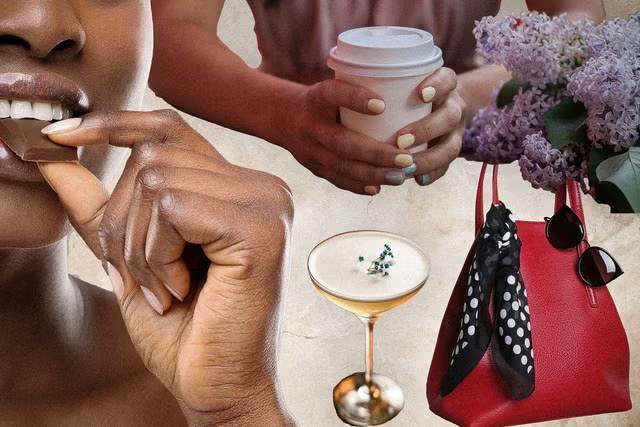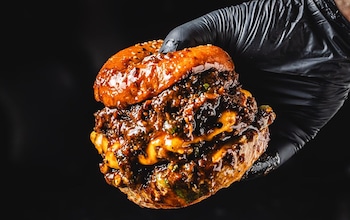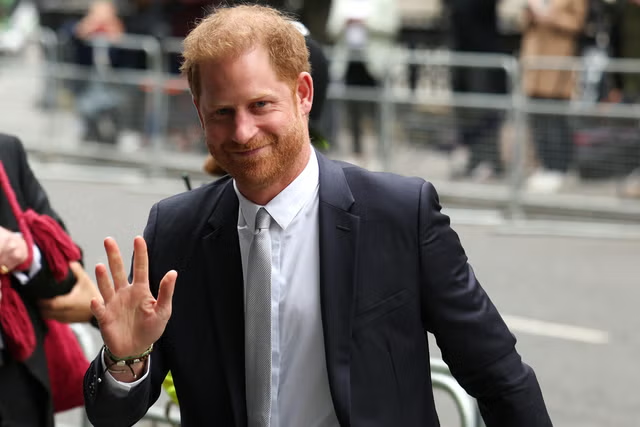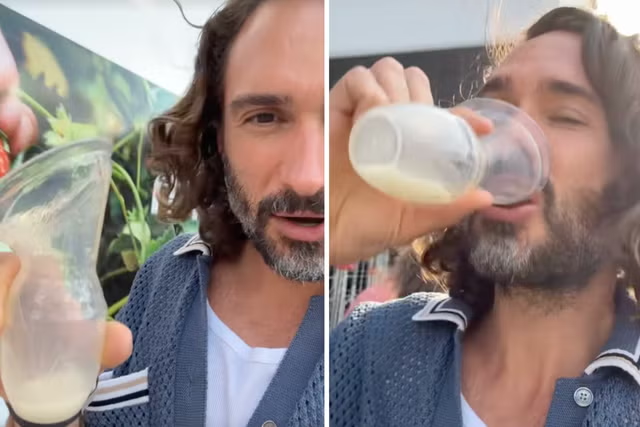Support truly
independent journalism
Support Now
Our mission is to deliver unbiased, fact-based reporting that holds power to account and exposes the truth.
Whether $5 or $50, every contribution counts.
Support us to deliver journalism without an agenda.

Louise Thomas
Editor
As part of International Beatleweek, that celebrates The Beatles in Liverpool, we take a look at how the renowned pop band not only changed the landscape of music, but fashion too.
The Beatles entered the Sixties dressed as “teddy boys” and left as mop topped, sharply suited heart-throbs.

After an infamous trip to Hamburg, Germany, the band’s manager, Brian Epstein, decided to dress the band in matching made-to-measure suits.
“These suits, often in dark hues and paired with ties and crisp white shirts, were meticulously crafted to present a unified, polished image,” says London-based fashion expert Fausta Urte Geigaite, “this bespoke elegance set them apart, offering a fresh, accessible look that appealed to both the youth and the establishment.”

Although the suits were a way to tidy their appearance, the band themselves were quite mischievous, and in a way The Beatles were the perfect contradiction. Clean cut in their appearance but rebellious in their nature; the band’s fashion helped appeal to both parents and teens.
As the band grew – so did their styles. Psychedelia became a pool of inspiration for liberals and free thinkers of the decade. Influenced by fin de siècle Art Nouveau, Victoriana and circus imagery – psychedelia’s diverse sources found a direct parallel with The Beatles’ fashion and musical eclecticism.

The band’s music began to implement heavily effected sounds, Eastern intervals and avant-garde tape looping. Visually, the four grew out their mop haircuts and wore brightly coloured military suits, famously exhibited on the Sgt. Pepper’s Lonely Hearts Club Band album cover.

By the mid-Sixties, each band member had developed their own iconic style. John Lennon was known for his minimalist and sometimes unconventional style, which included round wire-rimmed glasses and Nehru jackets.

Paul McCartney was more polished and conservative, sticking with the sharp suits of the early Sixties, whilst George Harrison had an eclectic style, playing with traditional Indian prints, silk and denim.


Ringo Starr had a more casual and laid-back approach to fashion, often appearing in simple jackets, trousers and T-shirts. He later became known for his distinctive earring and sunglasses.

Most of these iconic elements have not been lost to history. “Their ability to blend sophisticated, tailored outfits with elements of avant-garde ensured their style legacy,” says Geigaite.
In 2024, Sixties fashion has come swinging back, with the revival of quilted print jackets, mod shift dresses, Mary Janes and acidic suits. The returning styles show the enduring legacy that The Beatles helped cultivate with their experimental and eclectic style.

The band’s influence on fashion remains palpable even today. From their initial tailored suits inspiring countless reinterpretations in menswear, to the resurgence of Western boots echoing the Cuban heel worn by the band members, later being dubbed ‘the Beatle boot’.
“Designers often reference the eclectic and bold aesthetic of their later years in collections that celebrate individuality and breaking the norms,” says Geigaite. “In essence, The Beatles taught us that fashion, much like music, is a platform for personal expression and cultural dialogue.”
How to get the modern look

Nobody’s Child Cream Palermo Mini Shift Dress, £41.65 (was £49)

Cotton Conscious Block Print Quilted Cotton Jacket – Blue, £136

Forever Comfort Ankle Western Cowboy Boots, £59, Next

House of Holland Pink Flame Clashing Colours Blazer, £54 (was £280), Debenhams
Disclaimer: The copyright of this article belongs to the original author. Reposting this article is solely for the purpose of information dissemination and does not constitute any investment advice. If there is any infringement, please contact us immediately. We will make corrections or deletions as necessary. Thank you.



